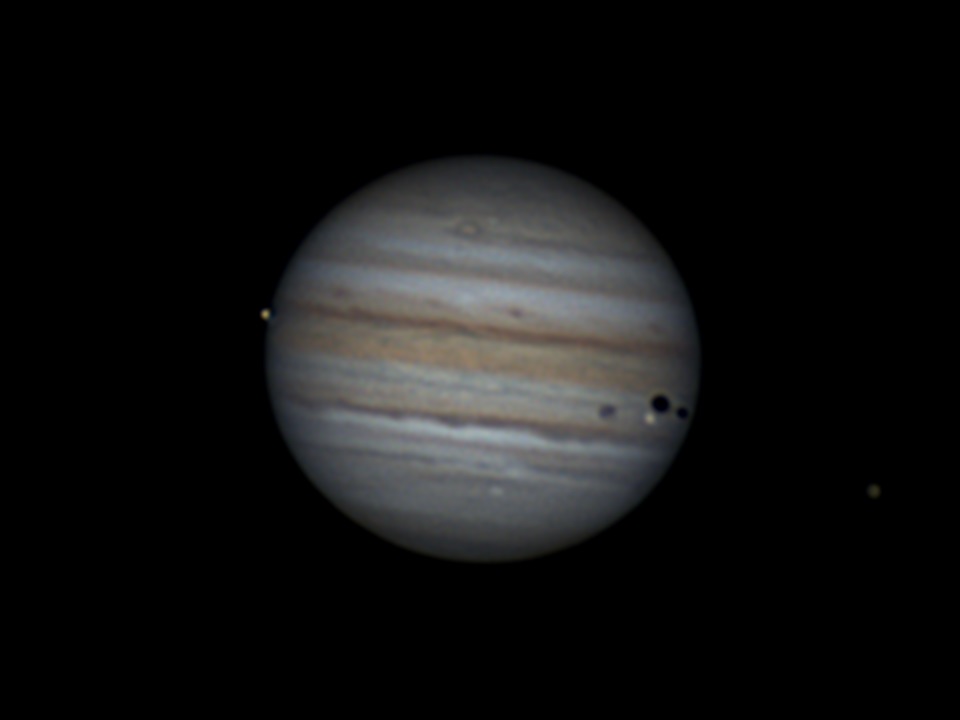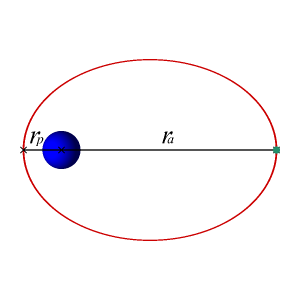
Jupiter at perihelion in 2023
Jupiter’s last opposition – when Earth in its orbit flew between Jupiter and the sun, placing the giant planet opposite the sun in our sky – happened on September 26, 2022. Then Jupiter was closer to Earth than it had been in 70 years. And now comes the reason for that close approach of Jupiter to Earth last September. That is, Jupiter’s perihelion or closest point to the sun comes today – January 20, 2023 – at 12 UTC.
This is Jupiter’s closest point to the sun in its nearly 12-year orbit. The distance between the sun and Jupiter is now 460 million miles (740 million km).
And it was the close conjunction in time between Jupiter’s yearly opposition – and its once-in-12-years perihelion – that gave us the close approach of Jupiter in September, 2022.

A closer look at orbits
Earth and Jupiter go around the sun on almost the same plane. Jupiter’s orbit takes 11.9 Earth-years. And Earth’s orbit takes one year.
Both Earth and Jupiter have orbits that are very nearly circular. If the orbits were exactly circular, with the sun in the center of the circle, both Earth and Jupiter would always stay at the exact same distance from the sun.
But the orbits of both Earth and Jupiter are very slightly elliptical, (like a squashed circle). So Jupiter’s distance from the sun varies, and it has a nearest point to the sun and – half a dozen Earth-years later – a farthest point from the sun.
Earth’s perihelion – or closest point to the sun – occurs every year around January 4. We’re farthest from the sun every year in early July.
Jupiter perihelion doesn’t happen so regularly, with respect to our earthly calendar. It falls on different dates across an earthly year, every 12 years.
Jupiter last passed aphelion – its farthest point from the sun – on February 18, 2017. Jupiter’s next aphelion will come in 2028.
Since 2017, Jupiter has been moving closer to the sun – bit by bit, closer and closer – every earthly day.
Now comes its closest point to the sun, today.
Geocentric ephemeris for Jupiter: 2022
Geocentric ephemeris for Jupiter: 2023
Geocentric ephemeris for sun: 2022
Geocentric ephemeris for sun: 2023

Bottom line: Jupiter’s perihelion or closest point to the sun comes today – January 20, 2023 – at 12 UTC. The distance between the sun and Jupiter on January 20 is now 460 million miles (740 million km).
The post Jupiter closest to sun in 12 years on January 20, 2023 first appeared on EarthSky.
0 Commentaires